Regulatory Framework and Standards
The solar encapsulation market is shaped by a robust regulatory framework that promotes the use of solar technologies. Various federal and state regulations are in place to ensure the safety and efficiency of solar products. For example, the National Renewable Energy Laboratory (NREL) has established standards for solar module performance and reliability. Compliance with these standards is crucial for manufacturers, as it enhances product credibility and market acceptance. The solar encapsulation market benefits from this regulatory environment, as it encourages innovation and adherence to quality benchmarks, ultimately leading to increased consumer confidence and market expansion.
Growth of the Electric Vehicle Market
The solar encapsulation market is indirectly benefiting from the rapid growth of the electric vehicle (EV) market in the United States. As EV adoption rises, there is a corresponding increase in the demand for renewable energy sources to power these vehicles. Solar energy is becoming a preferred choice for EV owners seeking sustainable charging solutions. This trend is likely to drive the installation of solar panels, which in turn boosts the demand for high-quality encapsulation materials. The solar encapsulation market is thus positioned to capitalize on this synergy between solar energy and electric mobility, potentially leading to a significant increase in market size.
Increasing Demand for Renewable Energy
The solar encapsulation market is significantly influenced by the escalating demand for renewable energy sources in the United States. As the nation aims to reduce its carbon footprint, solar energy has emerged as a viable alternative. The U.S. Energy Information Administration (EIA) reports that solar energy generation is expected to account for nearly 20% of total electricity generation by 2030. This shift towards solar energy necessitates high-quality encapsulation materials to ensure the longevity and efficiency of solar panels. Consequently, the solar encapsulation market is poised for growth, driven by the increasing installation of solar photovoltaic systems across residential, commercial, and utility-scale applications.
Technological Advancements in Solar Encapsulation
The solar encapsulation market is experiencing a surge due to rapid technological advancements in materials and processes. Innovations such as improved polymer formulations and enhanced lamination techniques are driving efficiency and durability in solar panels. For instance, the introduction of ethylene-vinyl acetate (EVA) with superior UV resistance has been pivotal. This advancement not only extends the lifespan of solar modules but also enhances energy output. As a result, the market is projected to grow at a CAGR of approximately 15% over the next five years, indicating a robust demand for advanced encapsulation solutions. The solar encapsulation market is thus positioned to benefit significantly from these technological improvements, which are likely to attract further investments and research initiatives.
Consumer Awareness and Adoption of Solar Technologies
The solar encapsulation market is witnessing a shift in consumer behavior, with increasing awareness regarding the benefits of solar technologies. Educational campaigns and advocacy for sustainable energy solutions have led to a more informed public, driving the adoption of solar panels. According to recent surveys, nearly 70% of U.S. homeowners express interest in installing solar systems, primarily due to environmental concerns and potential cost savings. This heightened consumer interest is propelling the solar encapsulation market forward, as manufacturers strive to meet the growing demand for reliable and efficient encapsulation solutions that enhance the performance of solar modules.


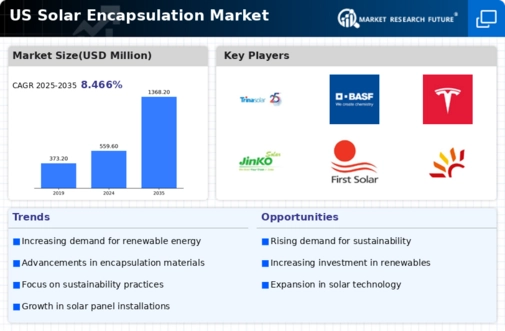
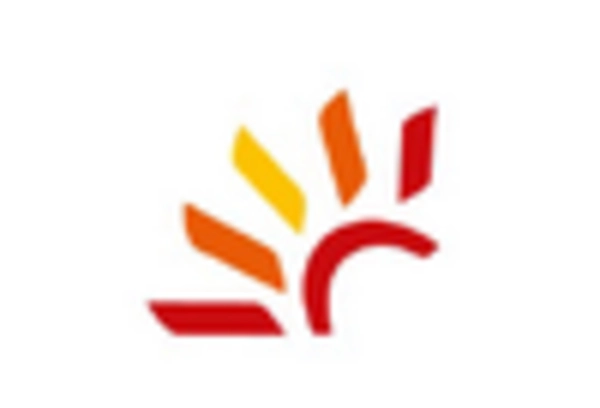


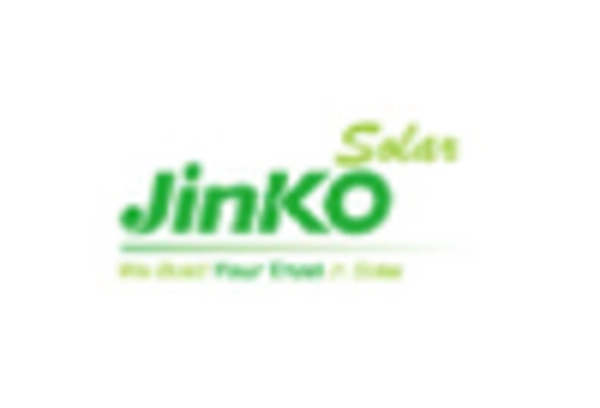
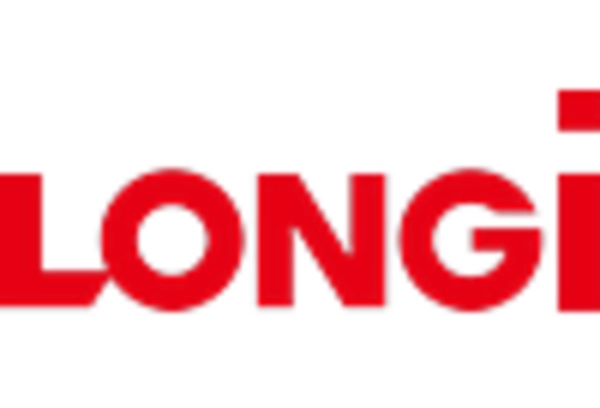
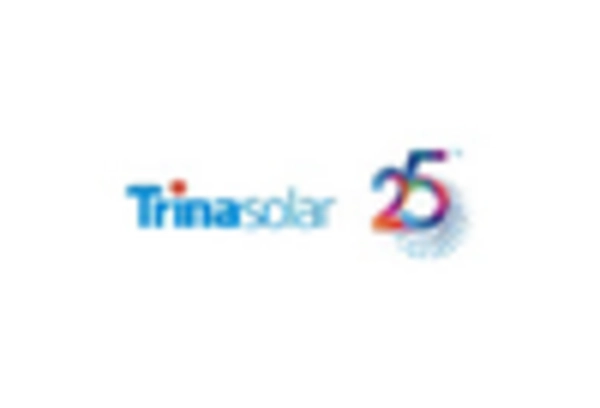








Leave a Comment